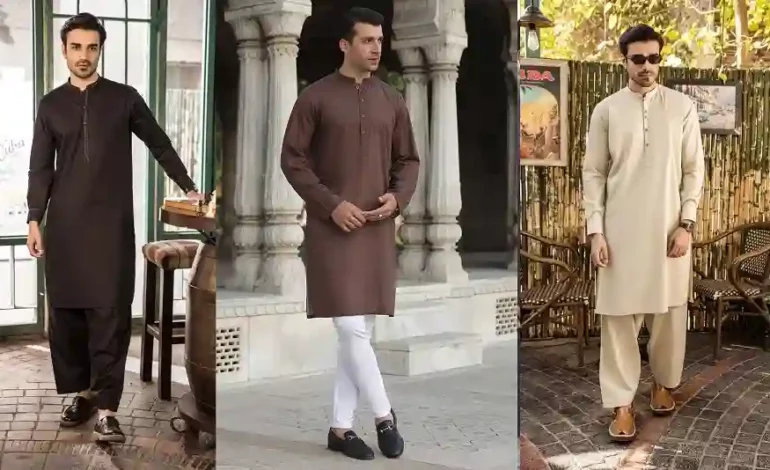
The Women Who Design For Men
The industrial design field is dominated by men (95%), which may explain why power tools are designed without consideration for women who might be using them. Similarly, backpacks are often designed to suit only male users.
Phoebe Philo’s clothes are beloved for their sartorial simplicity, but the real reason her fans love them is that they’re designed by a woman who understands a woman’s life.
1. Geoffrey Beene
Geoffrey Beene was a cerebral designer whose minimalist dresses and gowns made an indelible mark on 20th-century American fashion. He grew up in Haynesville, Louisiana, and attended medical school at Tulane University. But he was always sketching Adrian gowns over the figures in his Grey’s Anatomy textbook, and soon dropped out to pursue a career in design. He started his eponymous label after stints in the window displays at I. Magnin in Los Angeles, New York’s Traphagan School of Fashion and in Paris.
He viewed clothing as structural, even architectural, with bones as beams and columns, and manipulated shapes to emphasize movement, symmetry, and proportions. His lace dresses exposed the body in daring, form-fitting gyres of inset lace and showed off its angles like no other dressmaker since Balenciaga.
2. Bill Blass
Blass was a master of marketing and licensing, putting his name on everything from hosiery to perfume to bedspreads to furs. He was also a savvy businessman, funneling his profits into his clothing line and using a Madison Avenue copywriter to devise witty ads that used his malleable surname as puns.
Blass grew up in Fort Wayne, Indiana, but was inspired by the glamor and sophistication of fashion magazines, sketching red-carpet looks in his school notebooks. After graduating from high school, he moved to New York City and began designing for manufacturers in the Seventh Avenue garment district.
After World War II, he joined Anna Miller and Cio and when her brother Maurice Rentner bought out the company in 1959, he became chief designer. His refined, simple styles were a hit with women of means.
3. Betsey Johnson
Betsey Johnson, 77, was raised in a small white picket fence town in Connecticut and took dance classes as a child, which sparked her interest in costumes. She went on to attend Pratt Institute before transferring to Syracuse University for college.
After winning Mademoiselle magazine’s Guest Editor contest in the ’60s, she got an internship at a New York boutique called Paraphernalia. It was here that she started designing her own clothes, using unconventional fabrics like shower curtains and car interior lining.
Eventually she opened her own store in Manhattan and also designed junior’s line Alley Cat. Her quirky sense of style, characterized by vibrant colors, has always been popular with young women. Olivia Rodrigo, a 19-year-old who’s known for her archival fashion taste, is one of her biggest champions and has been seen in Betsey Johnson pieces.
4. Vera Maxwell
Born Vera Huppe in New York City in 1903, Maxwell began her career in fashion as a fitting model for coat and sportswear manufacturers such as Adler & Adler, Glenhurst, and Max Milstein. After a stint in London she opened her own label, Vera Maxwell Originals, in 1947. Her success owed to her dedication to “style” rather than fashion, designing clothing that was attractive and would hold up over time. Her tweeds in blended colors and her speed suit (which took seventeen seconds to slip into) were the hallmark of her line.
In 1971 she pioneered a fabric called Ultrasuede, a fake suede made in Japan that was easy to care for and took color well. She designed classic dresses and separates for travel until she closed her business in the mid-1980s.
5. Bonnie Cashin
A Californian by birth, Bonnie Cashin grew up on the move along the California coast and apprenticed as a dressmaker before moving to Broadway and Hollywood as a costume designer. She moved back to New York City in 1937 and 1948, working at Adler & Adler and later establishing her own line of clothing, Bonnie Cashin Designs, in 1952.
Her own life and experiences inspired her most famous inventions — like layering, in which she incorporated the kimono concept into everyday fashion with one lightweight wrap on top of another (the Japanese say “cold is a nine-layer day”). Her practicality also brought the convertible skirt to fashion, an easy-to-pop-on design that she developed after needing to wear something longer while walking the dog or taking the kids to the park.


